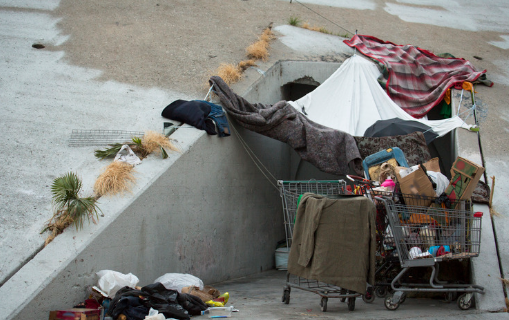February 14, 2024: Los Angeles County Announces Homelessness State of Emergency
On February 14, 2024, the Los Angeles County Board of Supervisors proclaimed a state of emergency due to the worsening homelessness situation impacting the area. This resolution comes after a year marked by rising homelessness figures, with recent estimates revealing that over 70,000 individuals are facing homelessness throughout the county. The declaration seeks to accelerate the distribution of resources, simplify services, and implement immediate actions to meet the urgent necessities of unhoused individuals.
Board Chair Hilda Solis remarked, “The homelessness crisis in Los Angeles County has hit a critical juncture. This state of emergency permits us to bypass bureaucratic hurdles and take prompt, decisive measures to offer shelter, assistance, and hope to our most at-risk populations.” The declaration allows the county to access state and federal resources more efficiently, set up emergency accommodations, and improve outreach initiatives. It also promotes collaboration with municipal governments, nonprofit entities, and community partners to formulate comprehensive solutions.
Champions for the homeless population have applauded the declaration, highlighting the necessity for continued efforts to tackle the underlying causes of homelessness, such as a lack of affordable housing, mental health support, and economic inequalities. Conversely, skeptics warn that declarations by themselves are inadequate without tangible actions and accountability. The Board of Supervisors has pledged to furnish regular updates on progress and to engage with the community to ensure openness and effectiveness in their approach to addressing the crisis.

